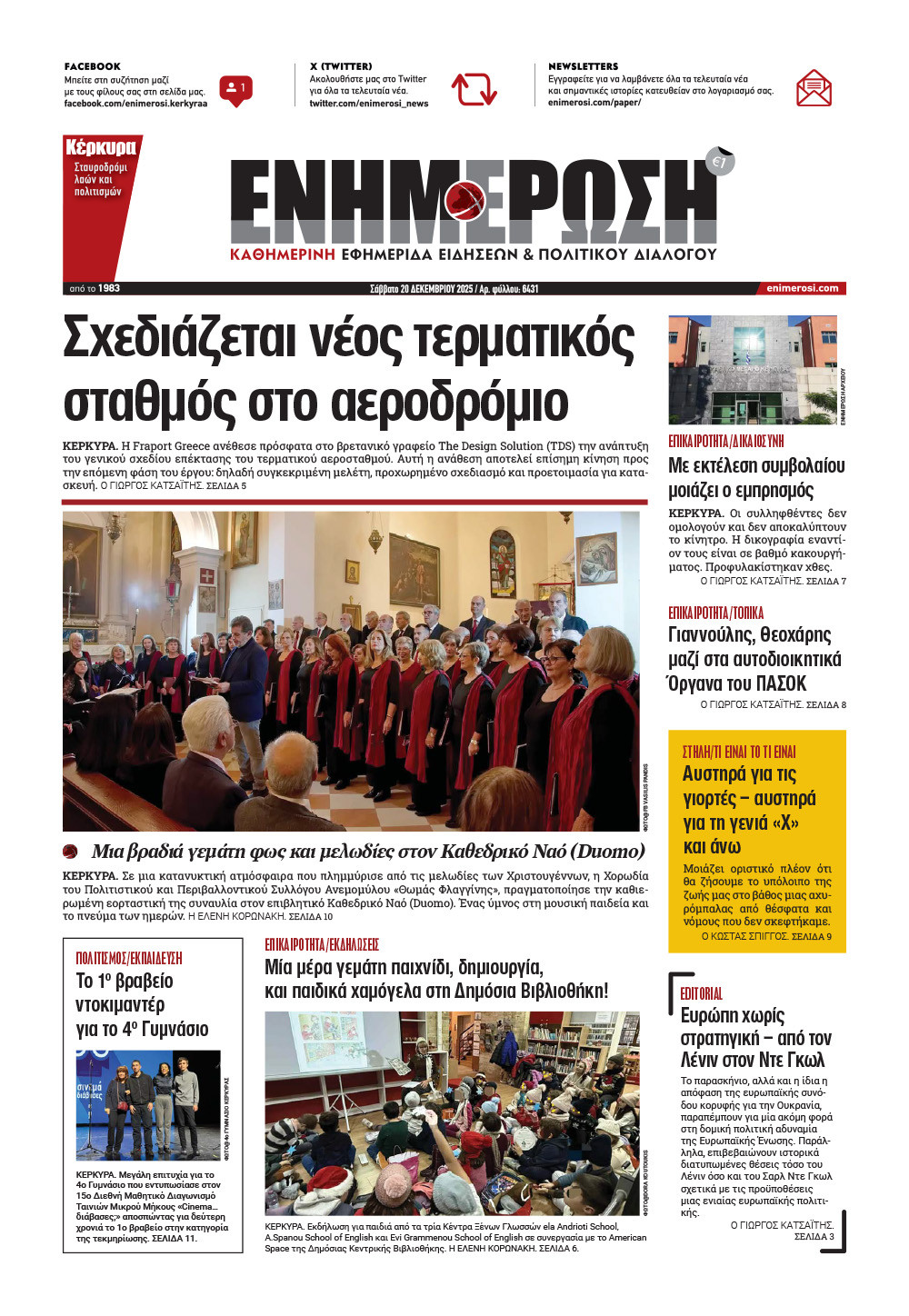The dream of a stroll along the seafront from Garitsa to Spilia!
 Μια ξύλινη κατασκευή θα γεφύρωνε τη δυτική όχθη της Κόντρα Φόσσα με το Φαληράκι...
Μια ξύλινη κατασκευή θα γεφύρωνε τη δυτική όχθη της Κόντρα Φόσσα με το Φαληράκι...
CORFU. Meanwhile, the transfer of the seafront to the Municipality is still pending. However, even when it is finalised, it will not include Kontra Fossa, which will remain under the management of the Ministry of Culture due to the presence of the Fortress.
Entering the headquarters of the famous architect Sir Norman Foster in rainy London in November 1993 was an awe-inspiring experience. The atmosphere was impressive, illuminated by the nearby Thames bridge, its reflection shimmering on the glass facade. Behind it, inside the office, long workbenches displayed the current projects: the reconstruction of the Reichstagsbrand, a massive commercial centre in Taiwan, and more. Among them was the redevelopment of Spilia and its connection to the island of Vidos, which was envisioned as a gentle, sports-focused centre. Sir Norman welcomed us—a delegation including Mayor Sarlis, the director of the Development Company, D. Bibikos and a journalist.
The conversation had begun earlier, focusing on transforming Garitsa Bay into a marina for tourist vessels, modeled on other Mediterranean seaside cities like Barcelona, Nice and Valletta. However, this idea was quickly abandoned due to the prevailing belief that any changes should not disrupt the habits and lives of the residents. Garitsa, after all, is not just picturesque but also a residential suburb populated by people.
Instead, a new idea emerged: to reorient the town toward the sea by creating conditions for a promenade stretching from NAOK to Café Yiali and Spilia, passing through Kontra Fossa and Agios Nikolaos in Faliraki. As for Spilia, already facing an identity crisis due to the departure of the KTEL buses and ferries, plans included creating a marina for tourist boats, opening the road, and constructing low-rise buildings to reinstate the bus terminal. On Vidos Island, Foster's engineers, working over a relief model and numerous alternatives mapped out on charts, proposed a sports centre with a soccer field, track and multiple outdoor courts for tennis, basketball, volleyball, handball and more.
As a complementary feature, a sketch by artist Spyros Alamanos depicted a suspension bridge connecting Spilia with the small island!
This was a time when Corfu was selected to host the EEC Summit, which coincided with the signing of the EU-Russia cooperation agreement (1994). Meanwhile, the Yugoslav civil war and the looming division prompted a return of Serbs to their cultural roots, highlighting Corfu as the cradle of the new Serbian state, elevating its status in their collective consciousness. This bond was personified by local authorities, boosting Corfu's diplomatic profile and granting Athens leverage in Balkan affairs. (At the time, the director of the prime minister's diplomatic office, under Konstantinos Mitsotakis, was Dimitris Avramopoulos.)
Corfu attracted significant attention, and given that the ruling party (ND) was represented locally by former Prime Minister Giorgios Rallis, the ideas conceived here found a receptive audience in the central government. Adding to this was Mr. Romaios, a vice-president of the European Parliament once again.
But all good things are short-lived. By the end of Mr. Sarlis’s first term, Rallis was no longer an MP, and Romaios became Deputy Minister of Economy (1993) under the Andreas Papandreou government. Athens had agreed to dismantle the Summit infrastructure. While Foster's plan earned European acclaim (Bibikos received the commendation), momentum was lost. Internal conflicts within PASOK transferred disagreements to the municipal council, severely limiting potential progress. Interventions were carried out in Faliraki and the marina in Spilia, but these were isolated and disconnected. Meanwhile, the old courthouse was selected for administrative offices—a makeshift solution.
The broader vision was shelved, and the award-winning plan was relegated to oblivion. This article was inspired by the removal of shanties from Kontra Fossa, which itself was executed under a prosecutor’s order.
GIORGOS KATSAITIS
Archive photo












